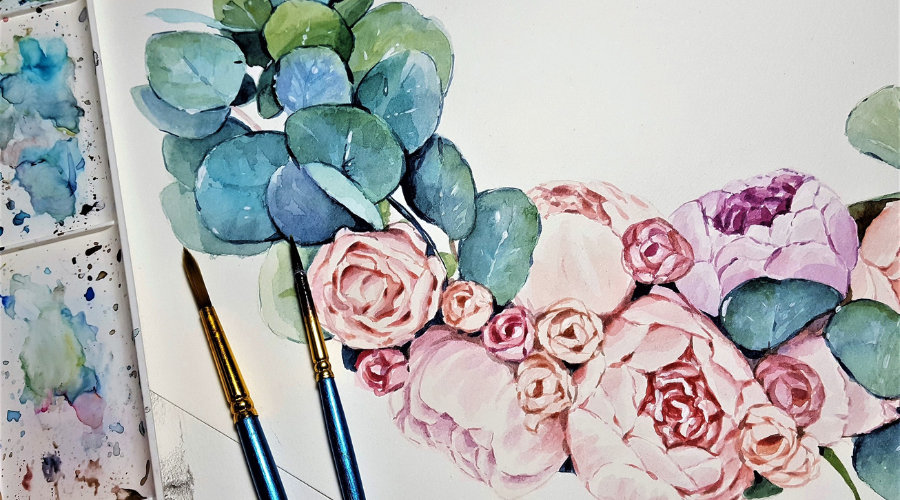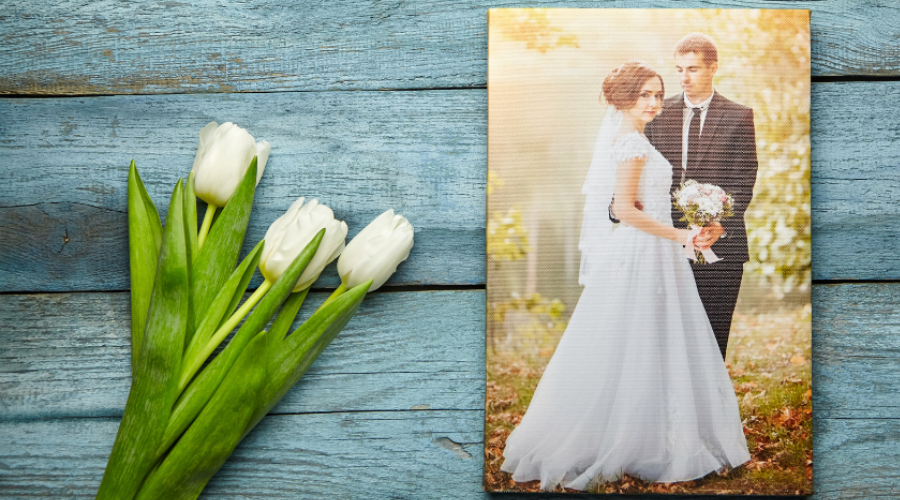
Jun 5,2023
There are numerous ways to beautify a particular place, and similarly, various versatile materials are available to help us in this regard; wallpaper, canvas, vinyl, and acrylic sheets, to name a few. They all have multiple applications and are easy to use to get the desired results; that’s why DIY projects are trending. As in every do-it-yourself project, preparation is just as essential as the installation when learning to install wallpaper. Whether you want to apply decorative vinyl or wallpaper, this blog section discusses the steps people must follow for installation.
Firstly, people must ensure that the walls are flat. They need to repair the holes and bumps. Next, they should paint the wall with the wallpaper’s base color to show the seams. Experts also suggest sealing the walls using an oil-based primer followed by a prime wallpaper coat. This guarantees the hanging and final removal of the wallpaper as smoothly as possible.
People should anticipate how to hang their wallpaper in the designated area, particularly if it is patterned. Also, consider how and where the seams fall. Then they should prepare their walls for installing the wallpaper on it. After their walls get ready and they cut their selected wallpaper accordingly. They will be interested in ensuring that every part is hung level and straight.
Conventional wallpaper needs wallpaper paste( utilize the commodity recommended by the wallpaper manufacturer) and a procedure known as booking that permits the paste to immerse into the paper itself.
You should book your wallpaper by evenly applying the paste over the cut wallpaper piece’s entire surface from one end to the center. Then, it would be best if you folded the pasted side of the wallpaper onto itself to leave the few inches of pasted and exposed paper. Finish the wallpaper’s half and fold it back towards the center to another folded edge.
After around one hundred and sixty seconds, you can hang your wallpaper. Beginning from the top, you should turn your first part utilizing the plumb line (or level) as a direction. Once placed, discharge any bubbles using a plastic smoothing tool. Begin with their device in the wallpaper’s center and push the creases and bubbles to the outer edge. It would be best if you did not stretch or pull the paper. Continue this procedure unless all wallpaper parts have been installed. To trim extra from the bottom and top, use a fresh razor and move cautiously to avoid tears. Note that sometimes non-woven wallpaper allows you to paste the wall initially and then hang the wallpaper on top without even applying it over the whole surface of the cut wallpaper. If your paper permits this method, then you would not require a table but a brush to cut in every edge of the wall using the paste. You must paste one part at a time with some inches of overlap and upkeep an effective speed to prevent the overlapped paste from drying before the other portion of the wallpaper goes up. If your wallpaper is not weather- and stain-resistant, you may use acrylic sheets to protect them, but this would only apply to small areas.

Canvas painting is available in various styles and sizes. And the method you utilize to hang them on the wall significantly depends on their size. For instance, small canvas prints below the magnitude of sixteen X sixteen could be supported through a nail on the wall featuring a saw tooth bracket on the frame’s top rail. But as far as little larger structures are concerned, a hanging cable attached to the frame’s side is an ideal method to employ. The string or art wire can tolerate more frame weight to guarantee stability. People should consider the walls they also select for framing. If their walls are made of bricks or concrete, they might require extra help to drill holes inside the wall. But as far as drywalls are concerned, people can conveniently follow these measures and get their new wall décor on the wall quickly.
One of the most significant errors you make is to see the frame placement. And the outcome of their assessment becomes apparent, with the frame being too low or high. A general framing rule is to keep the photos at eye level, mainly if people aim to put them above their sofa or bed.
People could also follow the museum guidelines to calculate the correct eye level.
• First, measure the picture’s height and divide it into two pieces to find the center of the canvas
• Add fifty-seven to the middle canvas number to decide the height of the frame’s top from the wall up.
• Mark the placement utilizing a pencil.
Before hammering on the wall to install a canvas print, people should aim to plan the placement accurately.
• Layout the photos on the ground to confirm the arrangement of the wall.
• Keep a distance of two to four between every photo.
• The first photo you hang would be at the entire layout’s focal point. This must be placed at the wall’s center, following the museum instructions above.
• Before committing to holes, you must mockup the arrangement by utilizing exact-sized paper replicas of their photos and protruding them on the wall using painter’s tape.

• Step back frequently to guarantee the anticipated result.
• Whenever it is time to finally utilize the hammer, remove the modes individually as people place the pictures.
• Wash the wall before installing their new canvas
• Move the furniture out of your way to get more space.
• Keep all tools you need ready.
• Keep a helper to let you pass the instruments, mainly if you aim to revamp your whole wall collection.
• Put the wall protector pads on the canvas’s woody frame to avert any scratches to your wall.